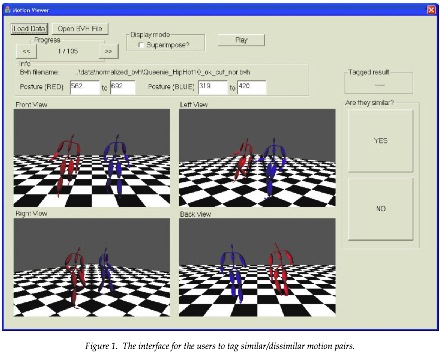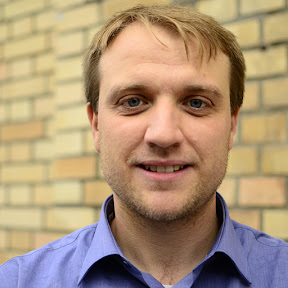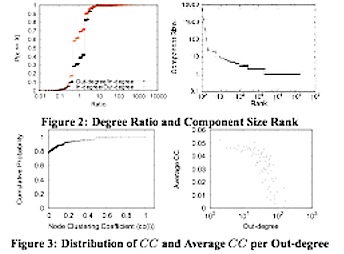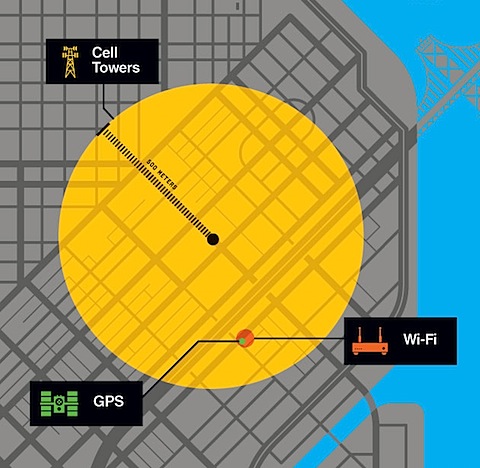Finally, I found some time to write a short report about the inspiring talks I attended at LIFT09. Patrick Gyger presented the first talk. He is the director of the “Maison D’Ailleur” a Science-Fiction museum in Human perception-driven, similarity-based access to image databases Yverdon, Switzerland. He talked about the way futuristic ideas that were imagined by science fiction of the beginning of the century did not make it to the real future.
Future was sketched as a stylish future. What happened to these visions? Science Fiction as a genre stated at the beginning of the 20th century. Future in these early attempts was not a function but it was a style. Flying cars did exist. There were many existing prototypes produced and certified in the past. Why they did not work? It is because they were not answering a real need but only a dream desire. Other things did make it to the present: examples, the wristwatch, cybernetics. The future did not take the form it was designed. But some functions are here. We do not have an urgent need for utopias any more. We live in too much comfort in developed countries. With food, lodging… There is no way that only our material world will chage our life. We require a societal change.
Nicolas Nova, my friend and colleague back at EPFL, extended this initial flow of ideas with a talk titled: “The Recurring Failure of Holy Grail”. He talked about many products that were designed and used as examples of futuristic technology but which failed at becoming mass products. He presented three examples: 1) the videophone, 2) the intelligent fridge, and 3) location-based services. Nicolas tried to sketch possible reasons that brought to the failures of these products. He described how researcher were overoptimistic, and how they had little knowledge of similar previous attempts. He described how it is easy to get trapped in the zeitgeist of the futuristic wave surrounding an invention. Additionally, he pointed out how we often forget the development and adoption cycles that it takes for new technologies to get adopted. Finally, he pointed out the we generally have a poor understanding of “users”. I totally subscribe to Nicolas’ idea that there is a need to document failures just as we document successes.
David Rose presented a number of “Ambient Devices“, little gadget interfaces that were somewhat inspired by fictional stories. He described how fiction sometimes foreshadows innovation. He presented a number of “enchanted objects” designed around some basic fictional powers/desires: 1) to know. Example: to know the truth — invention — truth machine –> Snow white: the mirror. Therefore he presented the Single pixel browser, a sphere that changes color in relation to some information available somewhere in the internet. Its principle was that summarization is more valuable because it requires less time and attention. David presented a number of other inspiring projects like an Internet connected pills container or sensors embedded in the fabric of the home.
Lee Bryant gave a presentation titled: “The twentieth century was wrong”. His main message was that many products, campaigns, initiatives treat people like objects/mass. This is wrong. Models based on social networks, where every member contributes to the group, are much more interesting and proven to work. Let’s stick to that.
Juliana Rotich talked about citizen journalism: “Globalism, Mobiles and the Cloud”. She described how volunteers around the world can provide objective and localized news that are not controlled by mainstream media. She described the project GlobalVoices. In order for this platform to work, another project had to be started, called LINGUA translation project because English does not equate with global. She described a couple of examples of services that are extremely popular in Africa like MobInfo in Kenya. Citizen Journalists does not equate with a person with a mobile phone. They still need to have some journalistic skills.
Carlo Ratti direct the senseablecity lab at the MIT. He described a number of project that he conducted around the theme of “Future Cities”. GreenWheeil in Copenhagen is a system to enhance a bicycle system so that some of the energy accumuated while pedaling can be reused to propel the bike. Trash Track is a project aiming at tracking movements of transh in a city to improve sanitizing systems. He finally described the Digital Water Pavillon built for the expo in Zaragoza.
Anne Galloway described the core of her PhD research: Envisioning the future city. She argues that many services/ products that researchers develop should be considered as gifts to the users. Expectations, promises and hopes are things that we do: these are GIFTED opportunities, as for example sensors technologies can allow citizens to map environmental conditions, or citizens can use these data to take political action. This gift needs us to want to act as data collectors and it needs us to have the ability to make sense of the data we collect. Most of the time people do not want these gifts, hence their failures. Additionally, gifted opportunities imply also gifted risks: when active citizenship requires access to technology, people without access effectively become non-citizens.
Finally, Baba Wame talked about “how African woman have embraced dating websites in Cameroon”. He explained, in a hilarious speech, how they use this new technology to escape the difficult situations they live in and how they appropriate this technology even if they are, in most of the cases, illiterate.




